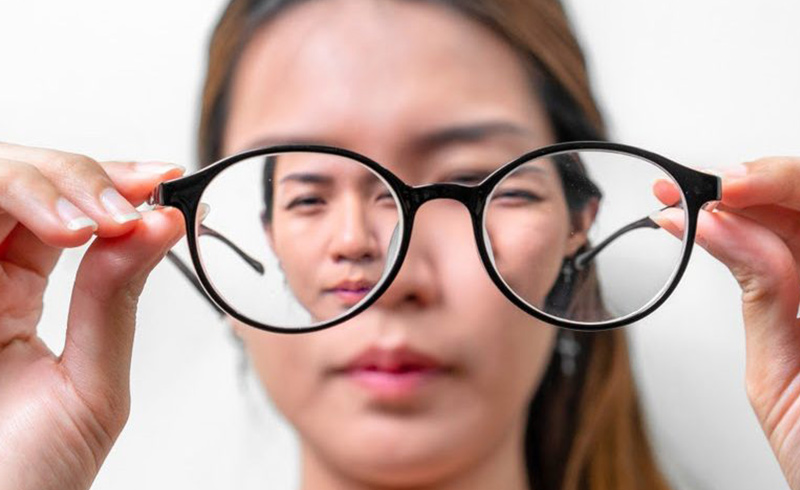
Cataracts are more frequently heard as a condition that occurs in adults with aging. However certain cataracts can be seen in infants at birth. Early diagnosis of these is crucial to prevent vision reduction or blindness.
Congenital Cataracts
Congenital cataracts are the lens opacity or clouding of eyes that is present at birth. Some of these cataracts do not progress and are visually insignificant whereas the other lens opacities can profound visual impairment. It is important to diagnose this as it can lead to permanent visual loss of the child. Congenital cataracts can be unilateral or bilateral.
There are different types of congenital cataracts such as anterior polar cataracts, posterior polar cataracts, nuclear cataracts, and cerulean cataracts. And if these cataracts were not identified early it can lead to diseases like amblyopia (lazy eye), nystagmus, and strabismus. Hence it is important to get diagnosed with these types and get treated as it can affect the entire life of your child.
Cause for Congenital Cataracts
The cause of congenital cataracts is mostly due to a component of a more extensive syndrome or disease. One-third of these occur as a result of isolated inherited traits whereas another one-third results from undetermined causes. For bilateral cataracts, the most common cause is metabolic diseases such as measles, rubella, down syndrome, HIV, etc.
Diagnosis of Congenital Cataracts
As there is no way of identifying or preventing congenital cataracts all you can do is to keep yourself healthy as possible during pregnancy. If your child was born with cataracts go to your eye clinic and contact the eye specialist for further diagnosis. While all newborns should have screening eye examinations several tests can be done to diagnose the condition.
Red Flex Test – This test is conducted to identify vision impairments of infants and children. Transmission of light from an instrument called an ophthalmoscope is used where all the transparent parts of the eye will be visible. Through this test, any factor that impedes or blocks the optical pathway will be shown.
Retinoscopy – A retinoscope is used to shine light into the eye and observe the reflection of the retina. Any central opacity(The front layer of the eye becoming scarred) or surrounding cortical distortion (visual impairment condition) greater than 3mm can be measured through this method.
Laboratory Tests – A basic laboratory evaluation can be done for bilateral cataracts with an undefined cause. This can be done through urine tests for reducing substances and infectious diseases.
Treatment for Congenital Cataracts
No cataract surgery will be required for congenital cataracts that are too small to affect the vision. But it is important to monitor them throughout life. However, a visually significant Cataract needs to be removed immediately as it can cause amblyopia (lazy eye disorder).
For optimal visual development of newborns, a unilateral congenital cataract is required to be removed before the age of 6 weeks whereas a bilateral congenital cataract is required to be removed before the age of 10 weeks.
Congenital cataracts are responsible for nearly 10% of all vision loss in children all over the world. Therefore it is important to understand the gravity of this condition and to follow up the best health care during pregnancy and to have regular visits to the eye clinic with your child ensuring safety.
Get consultation on pediatric ophthalmology from our best eye specialists and ophthalmologists at Spanish Eye Care.

